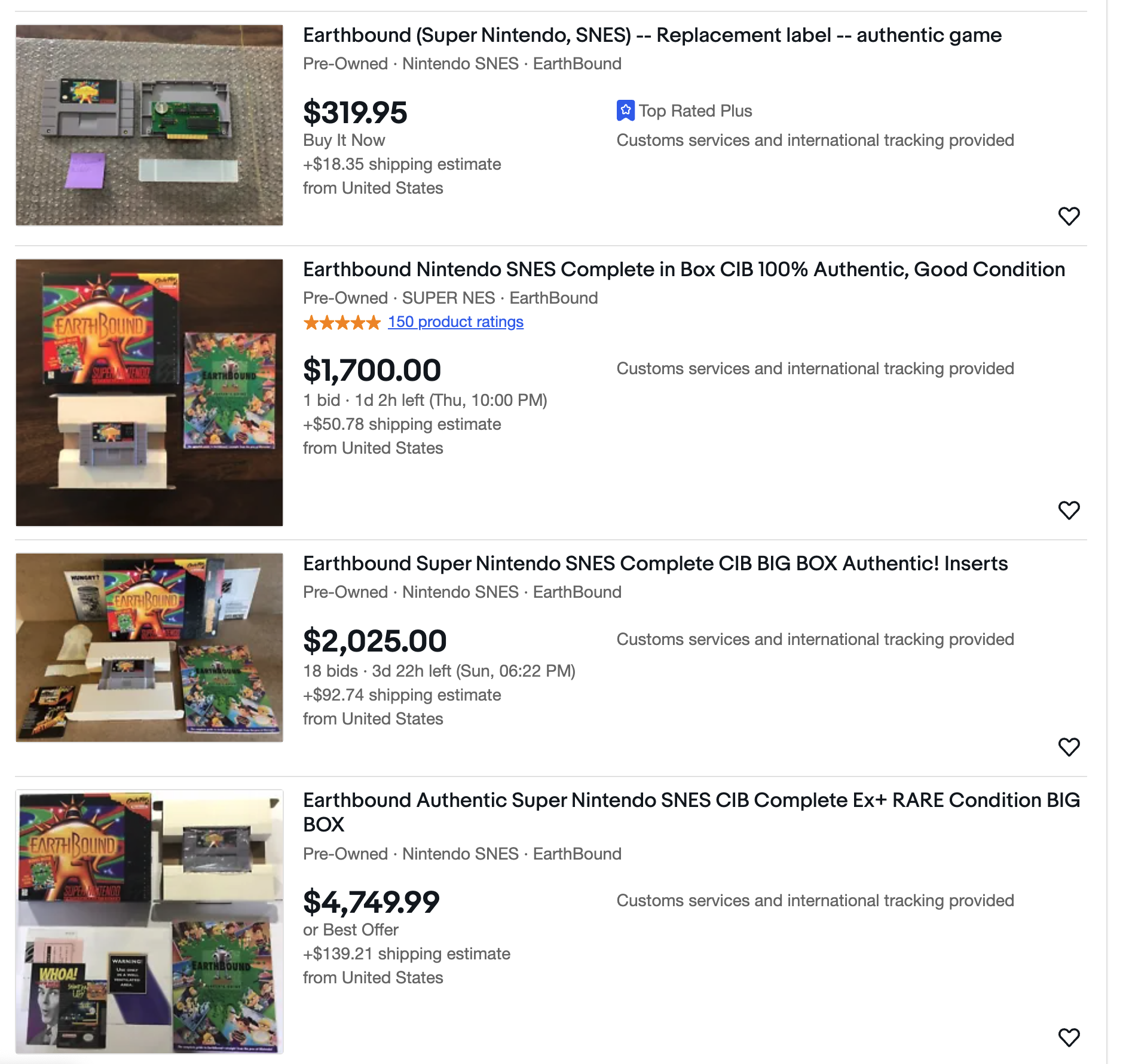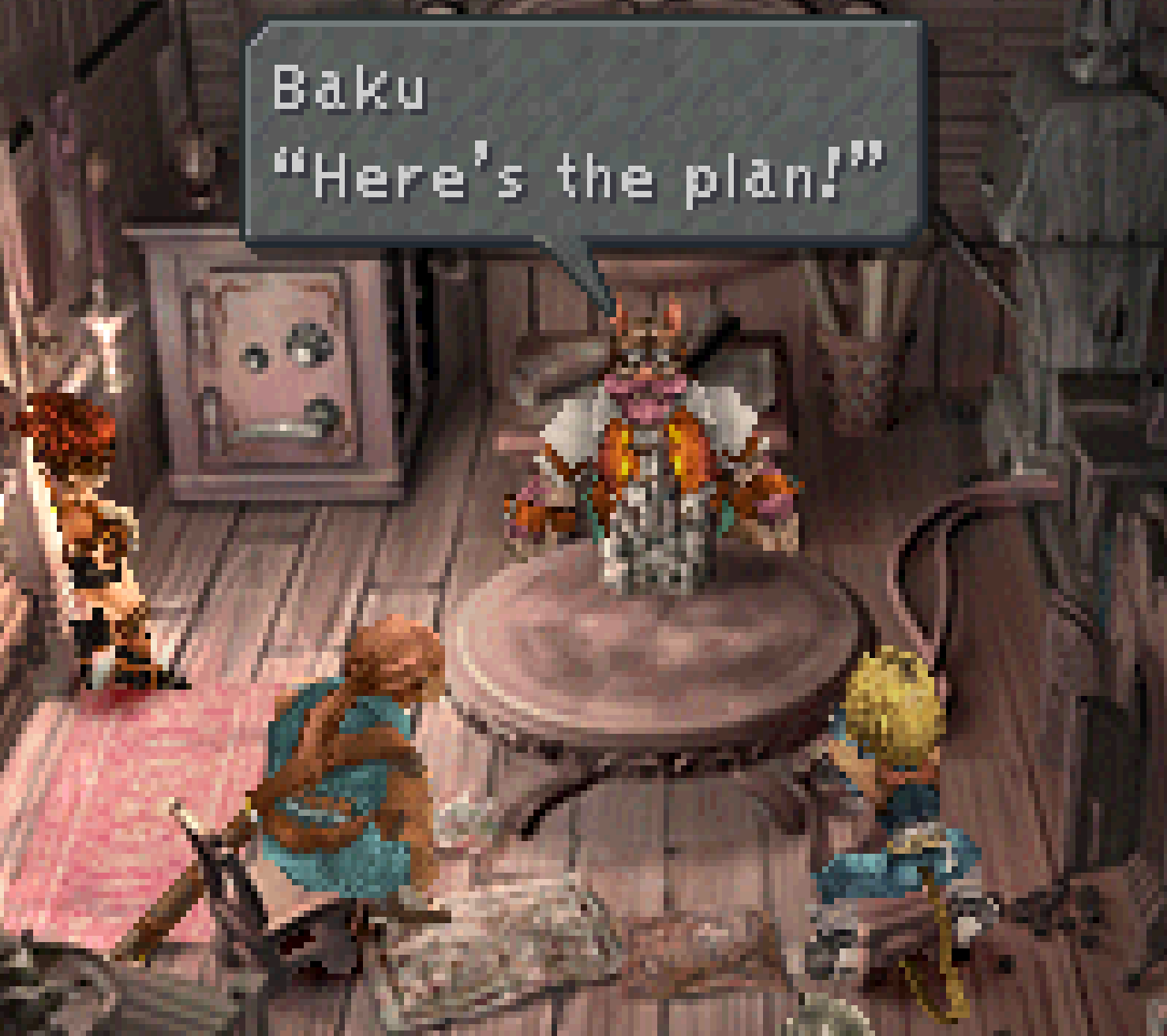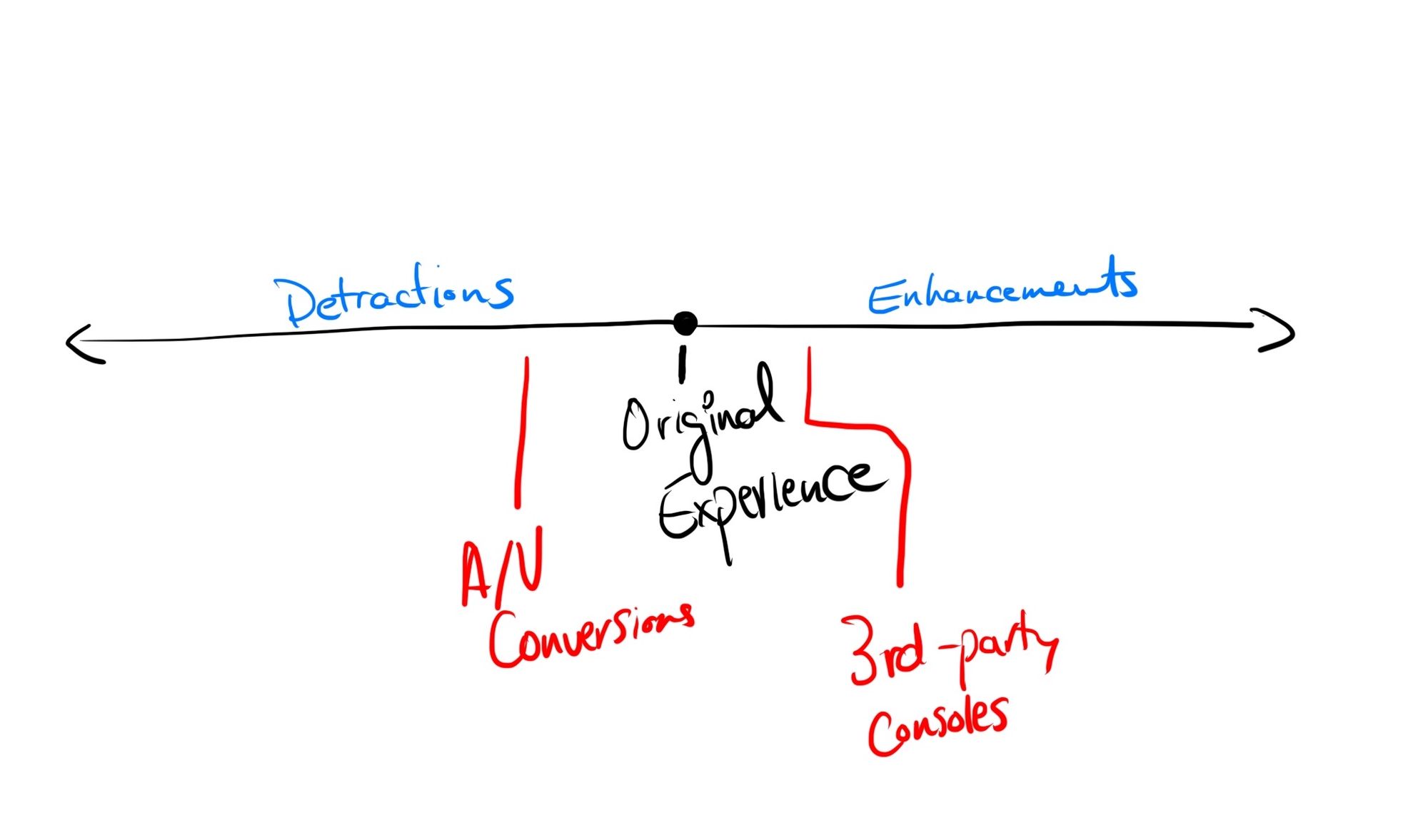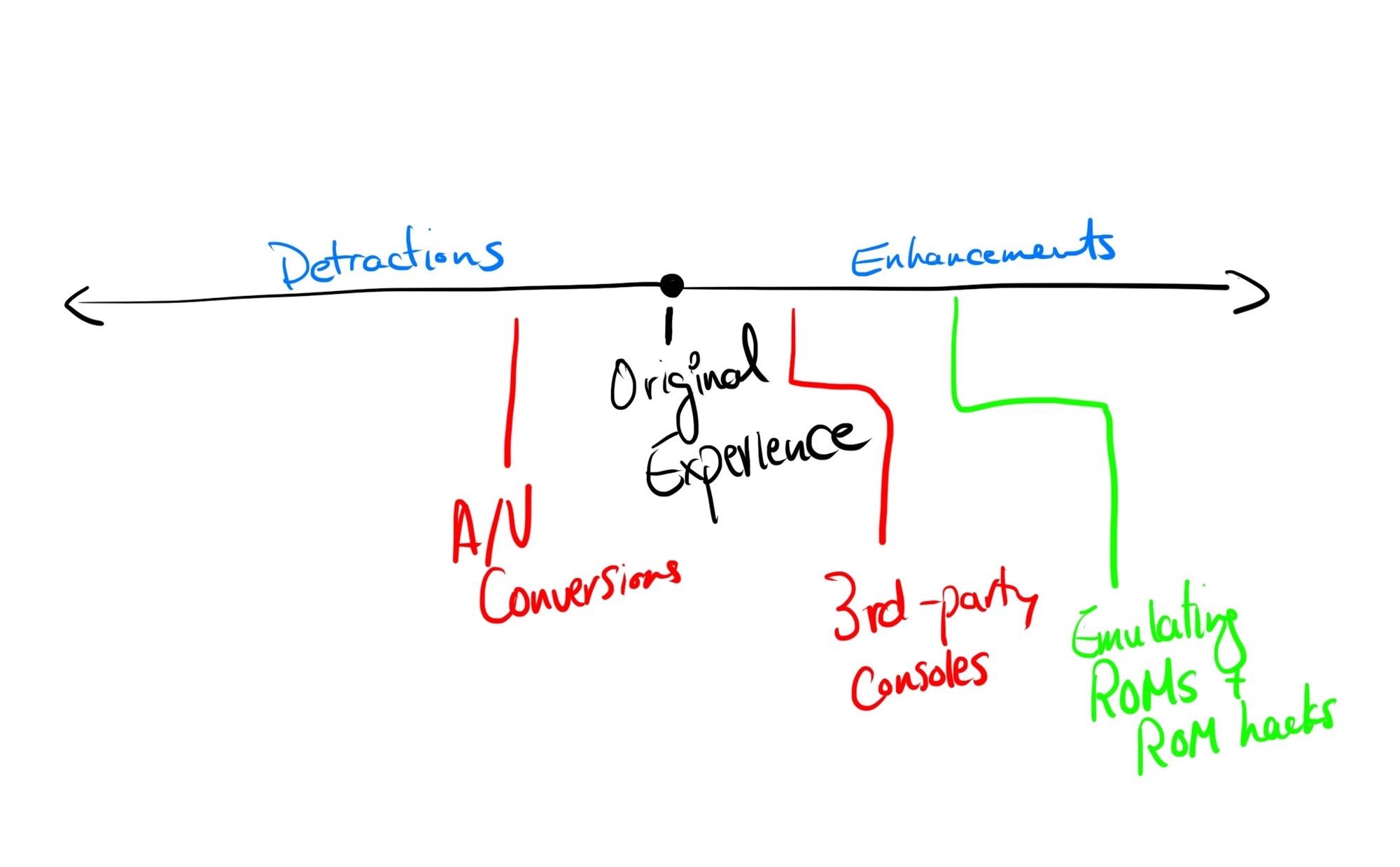How to Play Retro Games Today
A comprehensive guide to all of the options, including their trade-offs

In this day and age, with hundreds of thousands of games to choose from across hundreds of consoles, it’s surprising that retro games have seen a resurgence in both demand and interest. Given this abundance of choices, it’s a daunting challenge to be able to find and play some of these games. And even when you sit down and play, it’s often the case that the game feels different than before or doesn’t live up to modern standards. There are many different ways you can play older games today, and each option brings with it some inherent limitations. With this in mind, let's deep dive into how you can start playing classics the way you want to.
Before you take out your wallet, let's define the foundation of how we will be thinking about retro game accessibility. As mentioned before, the reason why people play older games is fuelled by one of two main things:
Nostalgia. These are games that define specific points of a person’s life or are a personal favorite that left a lasting impression. They want to revisit the games from their past and relive those experiences.
Curiosity. These are games that people have heard about; maybe it’s a cult classic or has been topping the top video game charts for decades, and they haven’t gotten around to playing them. Gamers want to understand why these are must-play experiences for themselves.
Irrespective of your reason, the core goal is to be able to have the original experience that the game tried to convey to gamers at that time, whether it’s a polished one or not. Outside of the code that defines the game, several other factors feed into it as well, such as the controller, the console that’s reading and interpreting the code, and even the display you’re playing on. These are all costs and trade-offs that you will need to make as you think about how to access these games. Making these decisions will either enhance or detract from the authentic experience of the game.

To start, let’s look into the options that are the closest to the original experience.
Replicating the Original Experience
The simplest way to reproduce the original experience is to purchase everything that made up the original experience:
- The game itself.
- The original console hardware (including controllers and accessories).
- A/V equipment from that era (e.g.: CRT TV, speakers, etc...).
It’s pretty simple to do, so what’s the catch? The challenge is that acquiring the entire list as outlined above runs into the problem of scarcity: these are often things that are not in production and are in limited supply. Furthermore, with the increased interest from the collector’s market, it’s not only hard to find these items, but it’s often a financial challenge as well. Some games, such as Earthbound on the SNES, will be selling at a price point of $300 on eBay, which is well over five times the cost when it was first released. How much will you be willing to pay to chase after the original experience?

On top of the financial costs, a lot of older equipment takes up a fair amount of physical space. Some setups may take up an entire room's space to store all the items. If you’re willing to reserve a room to play a couple of retro games, that’s true dedication.
Converting from Retro to Modern
The most straightforward change we can make is to use whatever A/V equipment we already have. For example, many homes already have a TV and sound setup, and if we could save ourselves the trouble of buying and storing another TV, that would reduce both the physical and financial requirements. However, there are two things that I wanted to note if you decide to go down this route.
First, and most likely, you won’t be able to plug your console into whatever you have. Inputs and outputs for both video and audio have changed significantly over the years. You will need to purchase a converter or modify your console to output to modern TVs. Although this is convenient, there are potentials for things to go wrong along the way, perhaps the screen will be stretched out relative to the original (most TVs display in 16:9 when 4:3 used to be the standard), or the sound quality will be lower.
The more important thing is that games were not developed with modern technology in mind. Instead, developers often used the limitations of the technology at that time to their advantage to create better visuals or sounds for the player. Unfortunately, this means that using modern technology with retro systems can often lead to subpar experiences compared to the original. A clear example here is the use of CRT televisions for 8/16-bit era games. The lack of high fidelity pixel rendering meant that sprites and art often looked smoothed over to achieve a more realistic look than what high-definition televisions of today can display.


Source: CRT Pixels. The left image is on an HD screen, while the right is on a CRT screen. Notice how the jagged edges have been smoothed out.
Reverse-Engineering the Past
What are our choices if we don’t want to deal with the conversion process for the audio and video output? This means we are effectively left with just the game with which we will need a way to interpret the code to be able to run the game. Luckily, there are 3rd-party consoles have managed to reverse-engineer the interpretation logic of the older hardware that can interface with modern technology. Companies such as Analogue and Retreon have released consoles that can play your old games on your 4K TVs without any extra work.
Not only are they able to play the games with almost identical logic, they often come with extra features that can enhance the experience or improve the quality of life for the player. Whether it’s the ability to support wireless controllers, apply video filters to reproduce a rendering of a CRT TV, or the ability to save and load game state whenever you want, these pieces of hardware are often a labour of love that celebrate retro video games and want you to do the same.

What happens if you don’t have the game to start with?
Inaccessibility
There are two main reasons that you may not have a given game:
- You have made the explicit choice not to acquire the game, whether it’s because the game is too expensive, hard to find, etc...
- The game itself is inaccessible. Perhaps all copies of it were destroyed or are not purchasable on a digital storefront (especially for digital-only games), or there is a blocker of getting to the gameplay (games that require servers that may have been shut down).
Let’s discuss the latter first. This is an extraordinary case, which only a handful of games would fall into. Some examples are P.T. on the PlayStation 4, the digital-only demo for the cancelled Silent Hills game pulled from the online store. Or Heroes of Newerth, a MOBA game on the PC, for which the servers were shut down. They tend to be a specific set of circumstances that are restricting us from accessing the experience of playing the game. Luckily, most of these tend to have solutions, albeit very custom to the situation. Perhaps a digital dump of the game was preserved online that can be emulated, or custom servers are available that still allow the games to be played. Regardless of the solution, it’s great to see how passionate gamers are, even for the most obscure titles.
Jumping back to the former, what happens if not having the game was an active choice you made? Perhaps you don’t want to buy that $300 copy of Earthbound or don’t have the room to store hundreds of cartridges. What are our solutions there?
As briefly mentioned above, there are ways to obtain a digital version of games and emulate the games on your computer. Similar to how the 3rd-party consoles work, or Virtual Console works on Nintendo consoles, or how the Xbox/PlayStation can play older games, the act of emulation is taking gaming code and emulating the logic of interpreting that code. The only difference is that you have acquired a digital version of the game code (which are frequently called ROMs). I won’t go into the legality of owning and using ROMs and keep the focus on the gaming experience.

Emulation Station
Aside from being able to play games on a completely different machine, emulators and ROMs open a vast world of opportunities for the retro gaming scene. Because ROMs are modifiable, it allows gamers to enhance and change parts of the game for different purposes. Usually dubbed “ROM Hacks,” these modified games are often used to make games more accessible to diverse audiences. A prime example is bringing historically Japanese-only games to the West by providing an English translation mod. This opens up an entire catalogue of games that often had a massive barrier to entry before the internet age.
Other changes to ROMs often include quality of life changes or extra content to extend the gameplay. But, again, these are usually driven and developed by communities passionate about sharing these games’ experiences as broadly as possible.
The final note is that emulation often happens on modern hardware. Either on your PC or newer consoles, you’re able to utilize the modern hardware and advancements that were not available in the past. Whether using your favorite Bluetooth controller to play or your theatre audio setup for the sounds, emulators, and ROM can accommodate many different preferences.
Due to all these enhancements and improvements, emulating a game will often be a better experience than playing the original game.

Rebuilding from the Ground Up
All of the previous examples were ways to revisit the original gaming experience and enhance everything around the game itself (the hardware, the method of interaction, etc.), but what if we could improve the core experience? That’s where remakes and remasters come in.
Remasters are akin to ROM hacks in the sense that they tend to refresh audio-visual parts of the game: most of the fundamental aspects of the game remain the same, but it is rebuilt on a newer game engine that allows it to run better or with new textures and rendering to match the standards of today. They make retro games more accessible to modern gamers, making them on par with other games that are available and optimized for modern hardware. Examples of good remasters include Crash Bandicoot N. Sane Trilogy, Call of Duty 4: Modern Warfare Remastered, and Halo: Master Chief Collection.
On the other hand, remakes are often complete reimagining of the original built from the ground up. The story, characters, and world may remain similar, but it is often the case that entire systems and gameplay mechanics are overhauled to match modern standards. This potentially leads to polarizing opinions on the remaster, where it could ruin the original’s legacy or create a new masterpiece of its own. Resident Evil 2 Remake is often referenced as a prime example of how to do a remake: it changed the forced-perspective gameplay of the original into a third-person view while maintaining many of the iconic beats of the original.
On the other hand, because remasters and remakes are new games, it also opens up opportunities for failure. Warcraft III: Reforged is a recent example of a remake blunder where Blizzard did not deliver on its promises and degraded the original experience. It led to so much backlash that there is a web site outlining many of the remake’s issues. Silent Hill HD Collection is an example of a remaster that fell short when the developers decided to change the fog rendering to be much more transparent, which ruined the atmosphere of the game and highlighted unfinished textures in the distance as well.

With all this in mind, it’s hard to place remakes and remasters on a specific part of the scale; they are often high-risk, high-reward situations where the output can outshine the origin or flop disastrously.

Accessing Retro Games
Now that we’ve gone through all the options, let’s recap them:
- If you want an experience as close to the original as possible, you should pick up all the original hardware and software. This will give you the best experience in terms of authenticity.
- If you want the ease of integration with modern hardware, you can pick up a 3rd-party console to play your game on.
- If you cannot acquire either the consoles or games, emulation is an option. This will also allow you to enhance the gameplay with different hacks and mods.
- If you are okay with a reimagining of the game, remasters and remakes offer you a way to experience many parts of the original game that match the standards of modern games.
With these options in your arsenal, every game is your oyster.
